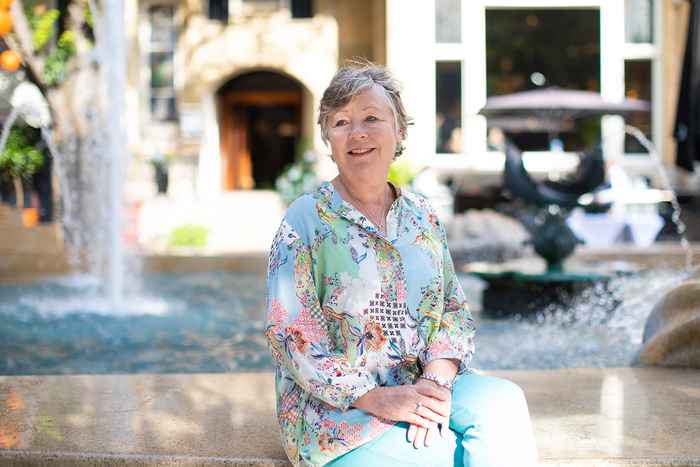Success of megamusicals makes space for innovation
Professor by special appointment Musical Millie Taylor gives inaugural lecture at UvA
28 September 2021
Megamusicals are the large-scale commercial musicals that emerged in the United Kingdom in the 1970s and 1980s, beginning with ‘Jesus Christ Superstar’ (1971), and followed by others such as ‘Cats’ (1980) and ‘Les Misérables’ (1985). This type of musical, produced in the UK by The Really Useful Group (by Andrew Lloyd Webber) and Cameron Mackintosh, was later followed in the US by Disney Theatrical Productions with ‘Beauty and the Beast’ (1994), ‘The Lion King’ (1997). Many other producers have followed this model (including Stage Entertainment in Europe for example), leading up to the recent success of ‘Hamilton’ (2015). Megamusicals are often through-composed (i.e. almost completely sung) and use a combination of pop/rock music and music in the style of musical theatre. The design is spectacular and mega musicals usually have epic storylines and universal themes. In this way they appeal to a worldwide audience, with similar logos, marketing campaigns and merchandising in different places.
‘In academia and in the media, megamusicals have often been criticised for following similar patterns, in which certain singing and performing techniques have become commonplace,’ Taylor says. ‘The alternative argument is that audiences everywhere see works of similar quality and that the financial rewards bring benefits not just to theatres but to cities through tourism. More recently academics have become aware of the adaptations works undergo in translating them for new locations. This challenges the earlier idea that megamusicals rely on training performers as puppets who reproduce rather than creating roles.’
Megamusicals, meganetworks
Rather than thinking about megamusicals in relation to globalisation and economics, Taylor wants to explore the networks and ecosystems that they produce. Such an ecosystem encompasses not only the international megamusicals and the theatres they inhabit, but also the relationships with commercial and subsidised theatres, national and international tours, small-scale venues, school musicals and community projects, as well as conservatories and other educational courses for performers and creatives. Taylor chooses to use the idea of an ecosystem because it implies a network that is fluid and interdependent, where communication and exchange takes place, and where there are relationships between structures, institutions and strata.
Trickle-down effect
Taylor: ‘The demand for theatres, creative teams, performers and technicians means that the success of megamusicals is developing an infrastructure that can lead to innovation. First, the infrastructure and financial success has a trickle-down effect that leads to more theatres and more practitioners. This applies not only to megamusicals, but also to music theatre in a broader sense, for example in local performances, regional tours or international performances. Secondly, innovation can arise in the musicals themselves, because highly skilled creative professionals can develop the form to tell their own stories. This too can happen at any level, from local practices to megamusicals, and is a much slower process.’
Taylor’s lecture draws on her research into musical theatre in the UK and the US before identifying some parallels and challenges in the context of the Netherlands.
Practical information
The inaugural lecture, entitled ‘Global markets and local communities: Exploring the ecology of musical theatre in the Netherlands’, will take place on Friday, 15 October, at 4 pm, in the Aula of the UvA. The lecture will be given in English.
